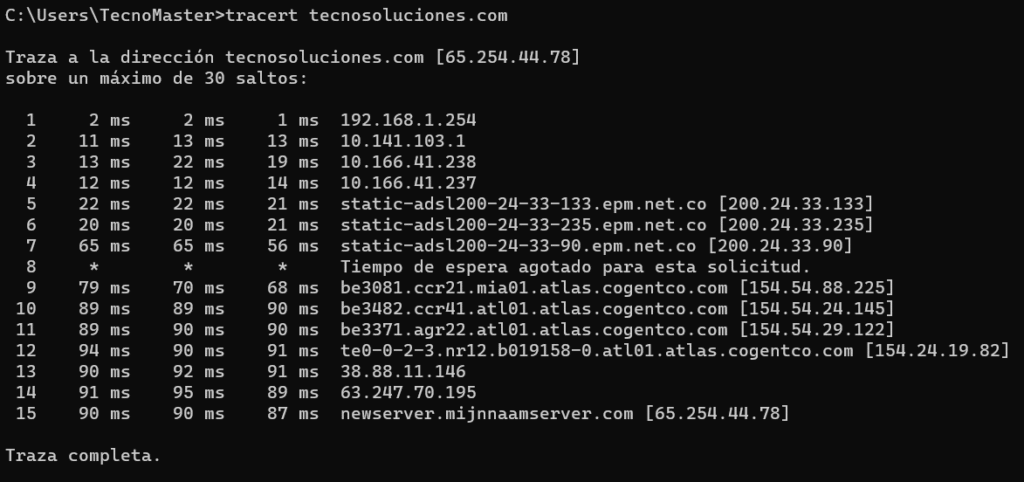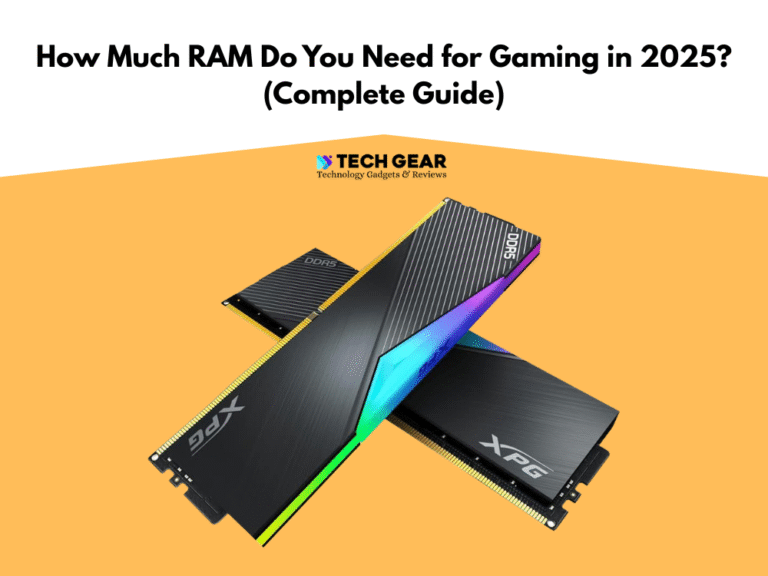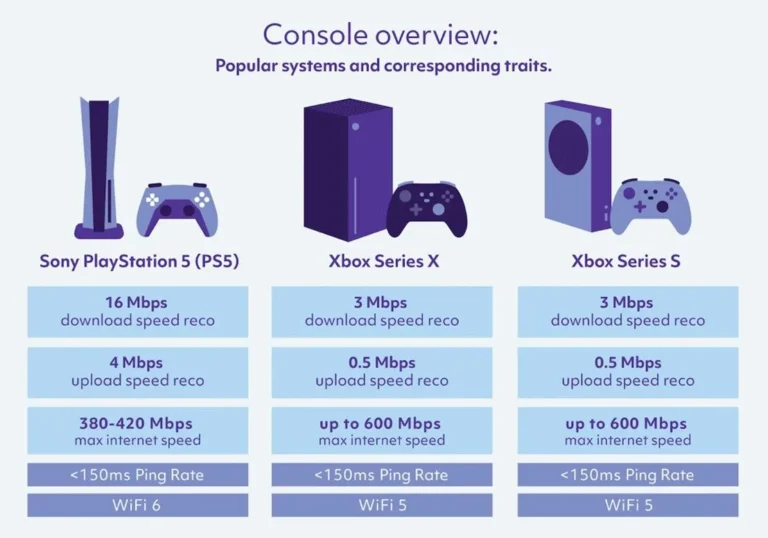What Is a Good Ping for Gaming? Expert Advice For Streaming
When it comes to online gaming, speed isn’t everything latency is. You might have a blazing-fast internet connection, but if your ping is high, your gameplay can still feel laggy, unresponsive, and frustrating. So, what exactly is ping, and why does it matter so much to gamers?
Ping, in networking terms, refers to the time it takes for a small data packet to travel from your device to a game server and back. Measured in milliseconds (ms), it essentially represents latency—how quickly your inputs reach the server and how fast the server responds. The lower the ping, the smoother and more responsive your online gaming experience will be.
What Is a Good Ping for Gaming?

For example, if you fire a shot in a first-person shooter and your ping is 150ms, there could be a significant delay before your action registers on the server. On the other hand, with a ping of 20ms, that same shot registers almost instantly, giving you a competitive edge—especially in fast-paced multiplayer games like Valorant, Call of Duty, or Fortnite.
Generally speaking:
- Ping under 20ms is considered excellent—ideal for competitive or professional play.
- Ping between 20–50ms is very good and suitable for nearly all online games.
- Ping between 50–100ms is acceptable, though you might notice slight input delay.
- Ping above 100ms can lead to noticeable lag, input delay, rubberbanding, and missed actions.
- Ping over 200ms is typically unplayable in real-time competitive games.
While internet speed (bandwidth)—measured in Mbps—affects how fast you can download or upload large files, it has little influence on ping. Instead, ping is more affected by factors such as physical distance to the server, network congestion, router quality, connection type (wired vs Wi-Fi), and background applications.
In this guide, we’ll break down what a good ping looks like for different gaming scenarios, what causes high ping, and—most importantly—how to lower your ping for a smoother, more responsive gaming experience.
May You Like: What is a Good Upload Speed for Gaming?What Is a Good Ping for Gaming?
When evaluating whether your ping is good for gaming, it’s important to understand that “good” is relative to the game type, server location, and your personal tolerance for latency. However, there are generally accepted benchmarks that define ping quality in milliseconds (ms):
Ping Quality Chart
| Ping (ms) | Quality | Gaming Experience |
|---|---|---|
| 0–20 ms | Excellent | Ultra-responsive gameplay with virtually no delay—ideal for esports and FPS titles. |
| 20–50 ms | Very Good | Smooth performance with imperceptible delay—great for most online games. |
| 50–100 ms | Acceptable | Slight input lag may be noticeable in fast-paced games, but still playable. |
| 100–150 ms | Fair | Latency becomes evident; reaction-based games may feel sluggish. |
| 150–200 ms | Poor | Serious lag issues; PvP gameplay suffers significantly. |
| 200+ ms | Unplayable | Expect lag spikes, rubberbanding, and delayed actions—frustrating gameplay. |
Ping Requirements by Game Genre
-
First-Person Shooters (FPS) like Call of Duty, Valorant, and CS:GO require ultra-low ping (preferably <30ms) for accurate shooting and real-time feedback.
-
Battle Royale Games like Fortnite and Apex Legends are playable at up to 50–70ms, though lower ping still gives a competitive advantage.
-
Racing and Fighting Games like Street Fighter or Rocket League are highly ping-sensitive. Anything above 50ms can feel off.
-
Real-Time Strategy (RTS) and MOBA games like League of Legends or Dota 2 are playable up to 80–100ms, but sub-50ms is still preferable.
-
MMORPGs like World of Warcraft can tolerate ping up to 150ms before affecting gameplay, since they are less twitch-reliant.
The Physical Distance Factor
Another crucial aspect is server proximity. The farther away the game server is from your location, the higher your ping will be due to the increased travel time of data packets. For example:
-
A player in New York connecting to a server in Germany might experience 120–180ms ping.
-
That same player connecting to a local East Coast server may get 10–30ms.
This is why many online games offer regional server selection, and it’s always best to choose the one closest to you geographically.
Why Low Ping Is Important in Online Gaming
In competitive online gaming, milliseconds matter. A lower ping doesn’t just mean faster responses—it often means the difference between winning and losing, especially in fast-paced, reaction-based titles. Here’s why having a low ping is crucial for gamers:
Real-Time Responsiveness
Ping measures the time it takes for your input (like firing a weapon or moving your character) to reach the game server and return the server’s response to your screen. With low ping (under 50ms), this round trip happens almost instantaneously. But as ping increases, that delay becomes more noticeable:
-
Low ping (10–30ms): Your actions feel instantaneous. When you shoot, dodge, or react, the game responds immediately.
-
High ping (100–200ms+): Your actions are delayed. You might shoot first on your screen, but your opponent sees and reacts before your shot registers on the server.
Hit Registration & Combat Accuracy
In FPS games like Valorant, Call of Duty, or Rainbow Six Siege, hit registration relies on the accuracy of your position and the server’s perception of it. High ping introduces desynchronization, meaning what you see on your screen may not match what’s happening on the server.
This can cause:
-
Missed shots
-
Getting killed around corners (due to delay in position sync)
-
Inconsistent combat feedback
Smooth Movement and No Rubberbanding
In games where precise movement is key—like racing games (Forza, Need for Speed) or platformers—a high ping often causes rubberbanding, where your character or vehicle suddenly snaps back to a previous position due to lag correction by the server. This can ruin the gameplay experience and even lead to disqualification in competitive lobbies.
Input Delay and Reaction Time
Low ping helps ensure your reaction time translates accurately in-game. Especially in 1v1 situations or tight PvP battles, every millisecond matters. A player with 20ms ping has a significant edge over a player with 100ms, especially in:
-
Dueling in fighting games like Tekken or Street Fighter
-
Quick peeks and headshots in FPS games
-
Real-time spell casting or interrupts in MMORPGs or MOBAs
Fair Matchmaking and Sync with Other Players
Most modern games use a server-authoritative model, where all players’ actions are processed by a central server. Players with higher ping may struggle to sync properly with others, often resulting in:
-
Out-of-sync animations
-
Late ability usage
-
Being kicked from ranked matches for latency issues
Some games even display your ping in the lobby and may limit access to certain matchmaking tiers based on your connection quality. A consistently low ping is not just a luxury—it’s essential if you want to perform well, climb competitive ladders, or enjoy a seamless multiplayer experience. In the next section, we’ll explore the biggest factors that affect your ping and how to optimize them for better performance.
Factors That Affect Ping
While most gamers blame their internet service provider (ISP) for high ping, the truth is that several technical and environmental variables can influence your latency. Understanding these factors is key to diagnosing and improving your ping.
1. Physical Distance to the Server
Ping is directly affected by how far data must travel. The greater the physical distance between your device and the game server, the longer the round-trip time. Even with a high-speed connection, you’ll experience higher latency when connecting to overseas servers. Always choose the game server region closest to your location for the best results.
2. Type of Internet Connection
Not all internet connections are created equal when it comes to latency:
-
Fiber-optic connections typically offer the lowest ping due to high transmission speeds and stability.
-
Cable internet is good but can suffer during peak hours.
-
DSL and satellite connections are more prone to higher latency. Satellite, in particular, often exceeds 500ms due to signal travel to orbit and back.
-
Mobile data (4G/5G) can be inconsistent and prone to spikes depending on network congestion.
3. Wired vs. Wireless (Ethernet vs. Wi-Fi)
Wi-Fi adds another layer of complexity and instability to your network. Interference from walls, distance from the router, and other wireless devices can degrade performance and increase ping. A wired Ethernet connection provides a direct, stable link between your device and the router, minimizing latency.
4. Network Congestion
When multiple devices are using your home network simultaneously—for streaming, downloading, or video calls—your available bandwidth is divided. This congestion can delay data packets, increasing your ping. Even background processes like cloud backups or Windows updates can cause sudden latency spikes.
5. Router Quality and Configuration
Outdated or low-quality routers can struggle with modern gaming demands. A lack of Quality of Service (QoS) settings, improper prioritization, or limited throughput can increase latency. Additionally, frequent packet loss, jitter, and bufferbloat are signs your router may be underperforming.
6. Firewall or Antivirus Interference
Some security software, especially if not optimized for gaming, can scan or filter outgoing packets, adding delay to your network transmission. This is rare but worth checking, especially if you’re running enterprise-level security tools on your system.
7. ISP Routing and Peering
ISPs control the routes your data takes to reach the game server. If the routing is inefficient or if your ISP doesn’t have good peering relationships with certain networks, your ping can suffer—even if your internet speed is technically fine. This is why two users on different ISPs in the same city might experience different pings to the same server.
How to Improve Ping for Gaming
Improving your ping requires a mix of hardware optimizations, connection strategies, and network behavior adjustments. Here’s how you can reduce latency and enjoy smoother gaming:
1. Use a Wired Ethernet Connection
If you’re currently gaming over Wi-Fi, switching to a wired Ethernet connection is the single most effective way to lower your ping. Ethernet eliminates wireless interference, reduces jitter, and ensures consistent packet delivery.
2. Connect to the Nearest Game Server
Many games offer server region selection. Always choose the one physically closest to you. If your game doesn’t offer that option, use a VPN with optimized routing (a “Gaming VPN”) to force a better connection path.
3. Enable QoS on Your Router
Quality of Service (QoS) settings allow you to prioritize gaming traffic over other types of internet use. For example, you can tell your router to give high priority to your console or gaming PC and lower priority to Netflix or file downloads.
4. Limit Background Applications and Devices
Shut down unnecessary programs that consume bandwidth such as cloud sync apps, software updaters, or video streaming services. Also, ask other household members to avoid heavy internet use during your gaming sessions.
5. Update Your Router Firmware
Router manufacturers often release firmware updates to fix bugs, improve performance, and optimize network traffic. Regularly check your router’s admin dashboard for updates.
6. Upgrade Your Router or Modem
If your networking gear is over 4–5 years old, it might not support the speeds and stability required for low-latency gaming. Consider investing in a modern router that supports features like dual-band Wi-Fi 6, beamforming, and low-latency performance modes.
7. Change DNS Servers
While DNS doesn’t directly impact ping to a game server, a slow DNS can delay server authentication or login processes. Switching to a faster DNS provider like Google DNS (8.8.8.8) or Cloudflare (1.1.1.1) can slightly improve overall responsiveness.
8. Try a Gaming VPN or GPN
Gaming VPNs and Gamers Private Networks (like ExitLag or WTFast) reroute your traffic through optimized routes to reduce ping and packet loss. Results vary by location and game, but some users see measurable improvements—especially in regions with poor ISP routing.
9. Contact Your ISP or Consider Switching Providers
If none of the above works and you’re consistently experiencing high ping, it’s worth contacting your ISP. They may be able to troubleshoot your line or offer upgraded plans with lower latency. If problems persist, switching to an ISP with better backbone infrastructure or regional routing can make a significant difference.
How to Test Your Ping for Gaming
Before optimizing your setup, it’s important to get an accurate measurement of your current ping. There are multiple ways to test your latency—both within games and using external tools.
1. In-Game Ping Meters
Most modern multiplayer games include a built-in network monitor or performance overlay that displays your real-time ping. You can usually find this in the settings or HUD:
-
Call of Duty / Warzone: Shows ping in the scoreboard and network tab.
-
Valorant: Displays ping in the top-left HUD or via the performance settings.
-
Fortnite: You can enable the network debug stats in settings.
-
League of Legends / Dota 2: Ping is visible in the top-right during gameplay.
These metrics give the most accurate reading of actual latency to the game server, not just your general internet speed.
2. Third-Party Speed Test Tools
Speed test sites also provide latency measurements, although these are not always to your game server:
-
Speedtest by Ookla: www.speedtest.net – Shows ping to the nearest ISP server.
-
Pingtest.net: Dedicated to latency and packet loss tests.
-
PingPlotter: More advanced tool that tracks packet flow and identifies where ping increases.
While useful, these tools test latency to a nearby server—not necessarily your game’s data center—so numbers may differ from in-game results.
3. Command Line Ping Test
For a more technical approach, you can use the Command Prompt (Windows) or Terminal (macOS/Linux) to ping a specific game server:
ping google.comor
ping 8.8.8.8You can replace the domain with a known game server IP if available. This method reveals:
- ✅ Round-trip latency (ms)
- ✅ Packet loss, if any
- ✅ Jitter, or variation in delay between responses
4. Traceroute Diagnostics
To analyze where latency is occurring along your connection path, use the tracert (Windows) or traceroute (macOS/Linux) command:
tracert [server address]This utility helps identify where delays occur—highlighting whether the latency stems from your local network, your ISP, or the game server’s network.
 Example: Ping and traceroute commands in Windows CMD.
Example: Ping and traceroute commands in Windows CMD.
Conclusion
A low ping is one of the most important factors for a smooth and competitive online gaming experience. While high download speeds and powerful hardware help, latency is what truly determines how responsive your gameplay feels.
Whether you’re trying to climb the ranks in Valorant, hit perfect combos in Street Fighter, or land precise shots in Call of Duty, ping matters—a lot. Anything below 50ms is solid, but if you’re aiming for pro-level responsiveness, get as close to 20ms as possible.
By understanding what causes high ping and applying the tips in this guide—like switching to Ethernet, selecting the closest server, and configuring your router—you can dramatically reduce lag and gain a real advantage over your opponents.


